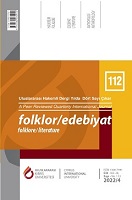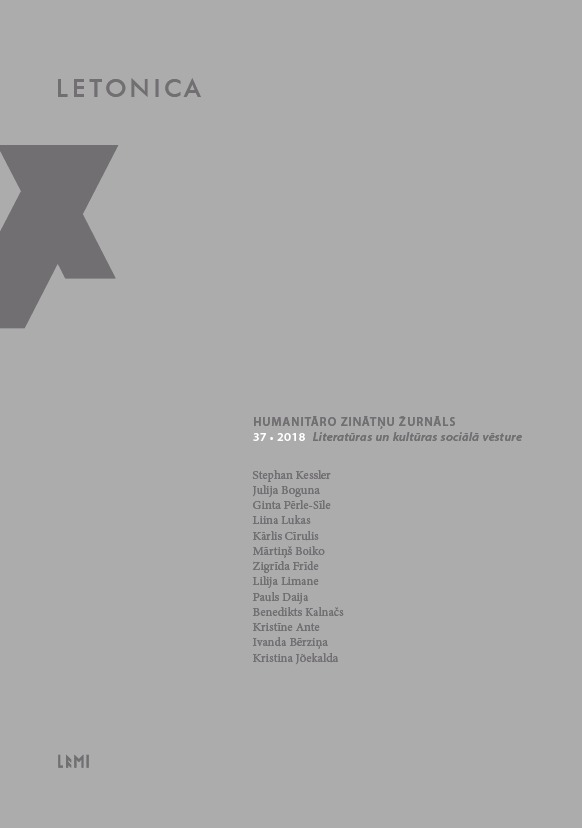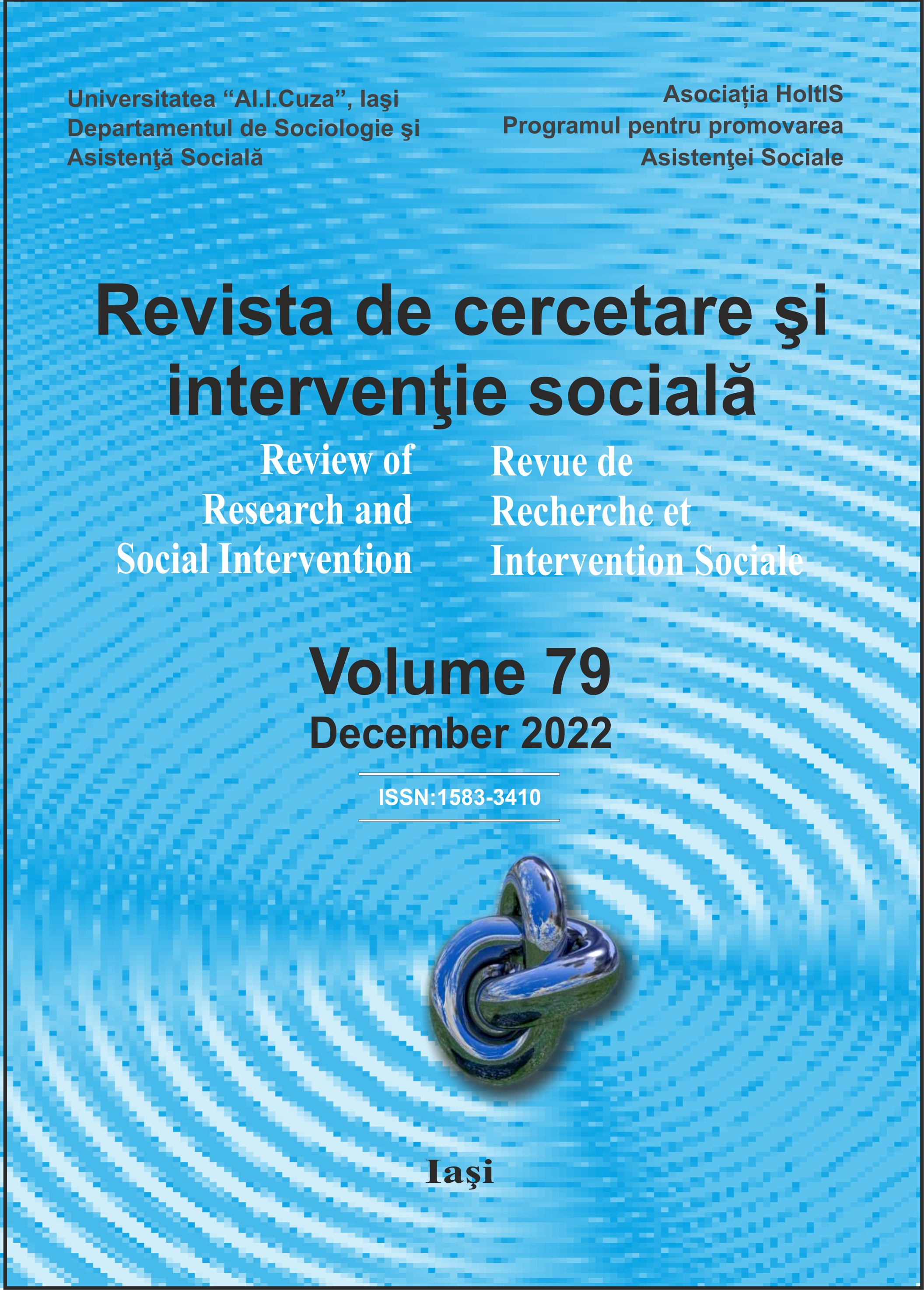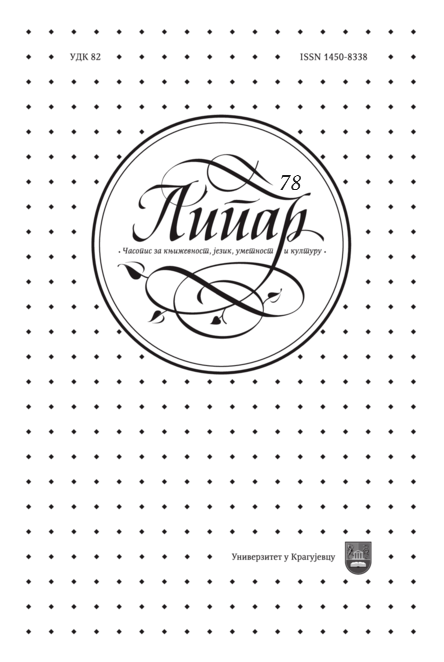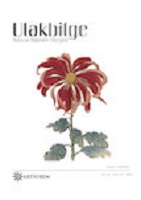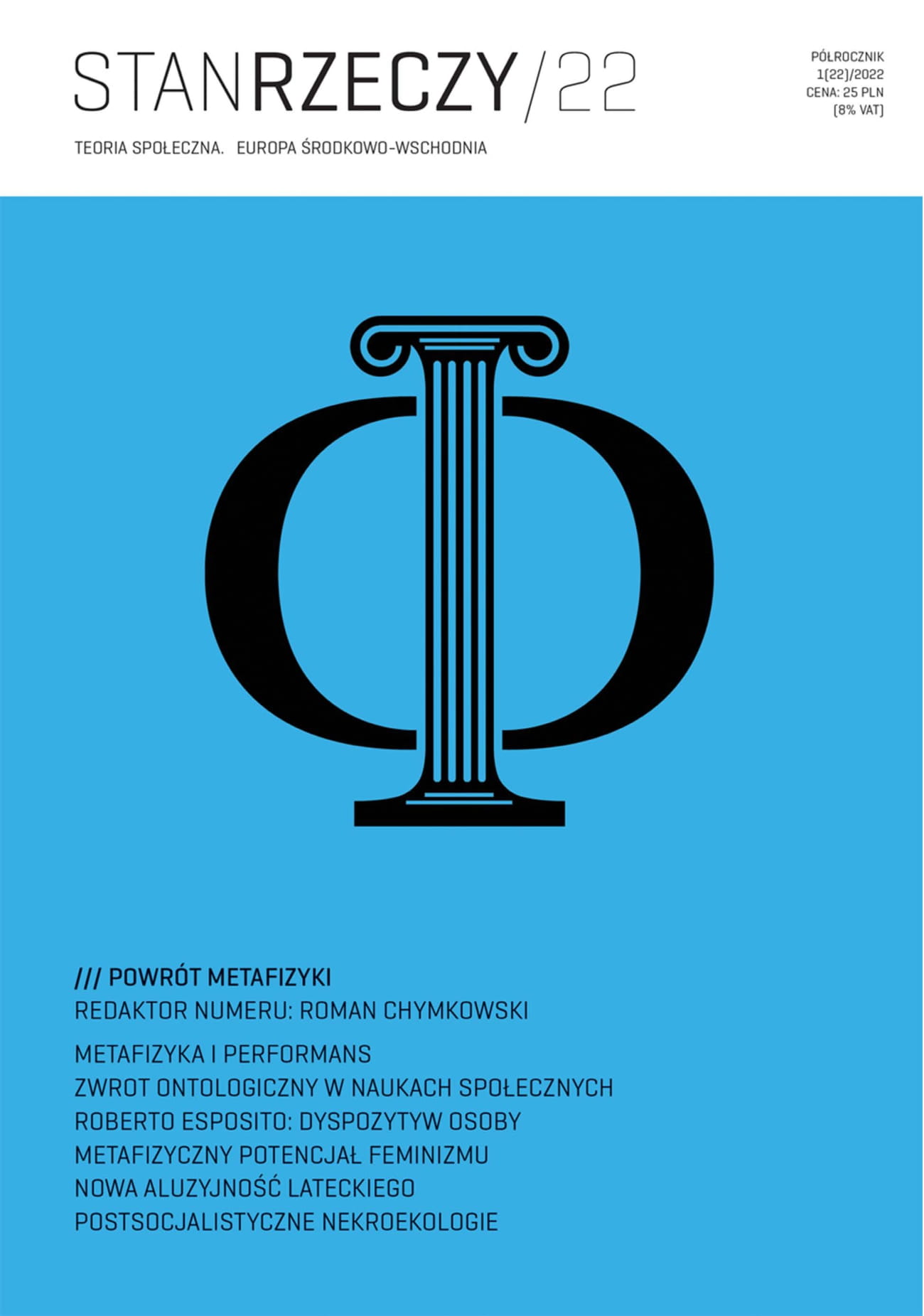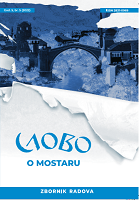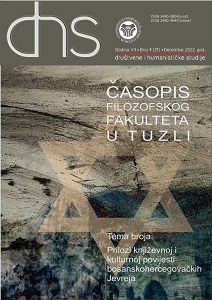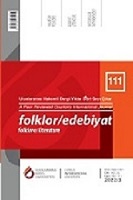
Battal Gazi Romanında Güreş Kültürü Üzerine İlişkisel Bir Çalışma
One of the most important tools when trying to establish a link between the past and the present is the study of historical novels. As Norbert Elias stated in his relational sociological work, The Civilization Process, written in 1939, civilization is actually a process of democratization and learning to tolerate polyphony in social relations – including sports – without the need for violence. However, his predictions about the development of democracy in proportion to the transfer of the monopoly of violence from the society to the state, unfortunately, could not be realized. As intolerance increased, people continued to show their reactions in different ways, whether physical or not, both in the public and private spheres. The main problem of the research presented here, in this context, is the gradual decline of tolerance as well as the polarization of human relations in various forms and ways in society. In this study, wrestling culture was interpreted as relational sociologically, especially from the legendary hero of Battalname Epic from Anatolian folk culture, Battal Gazi, using Elias and his figurative sociology. While examining the novel Battal Gazi, written by Ziya Şakir (2007), as a historical narrative analysis, in this qualitative research, duality and essentialism were rejected, while ambiguities, especially "liminality" and differences were emphasized. In the study, it has been found that historical events are reconstructed by both the author and the readers, and even inevitably by the researchers, self-reflectively. In the study, the characteristics of Battal Gazi as a historical hero who skillfully uses wrestling as a combat sport have been tried to be shown based on the novel.
More...
